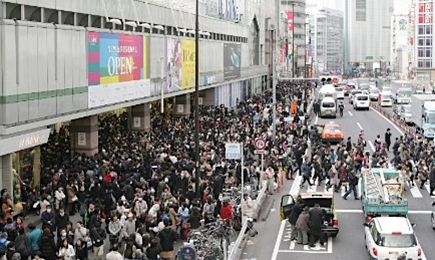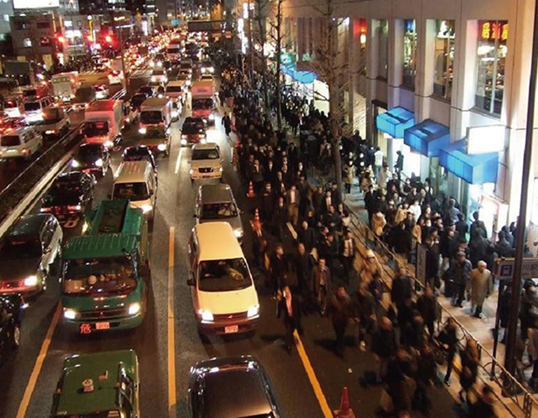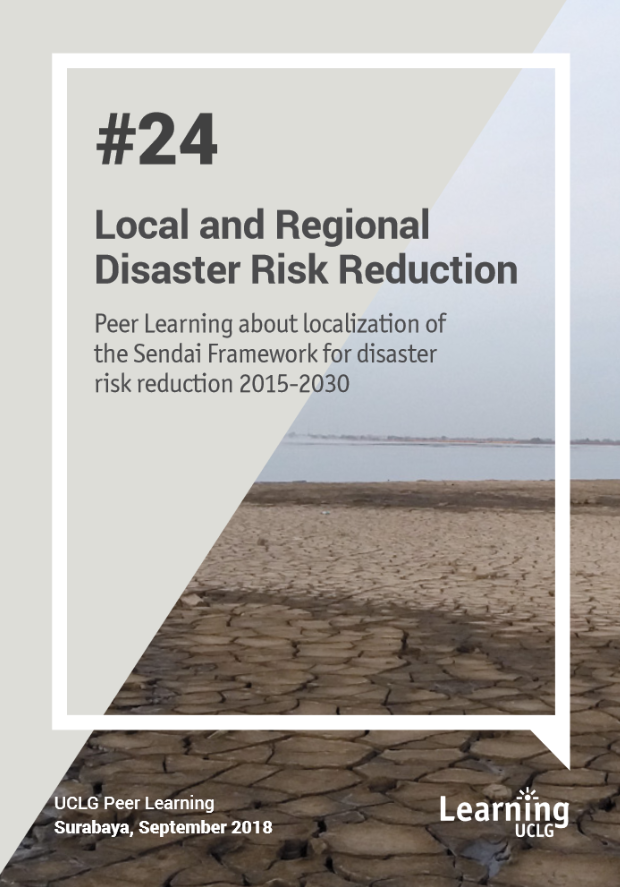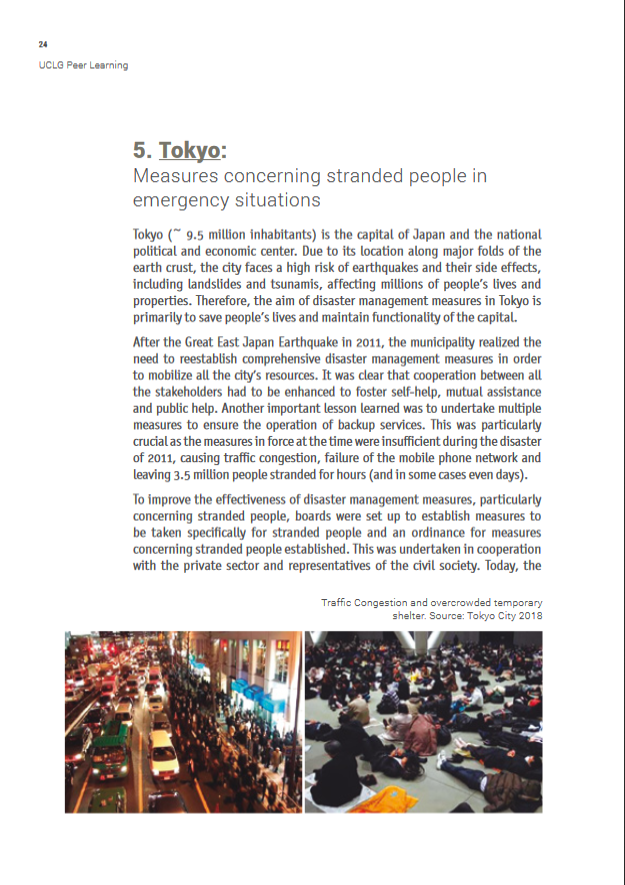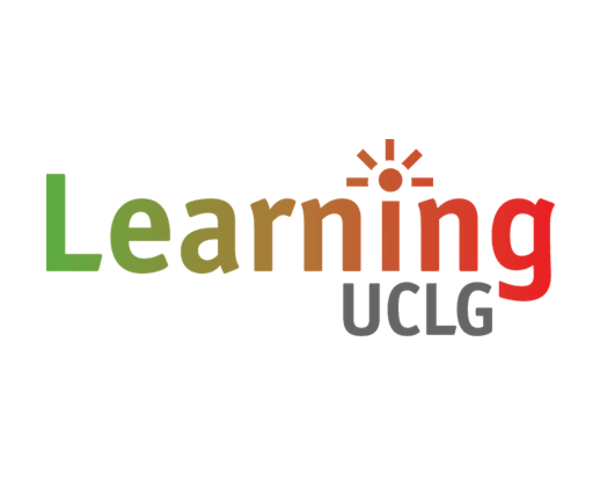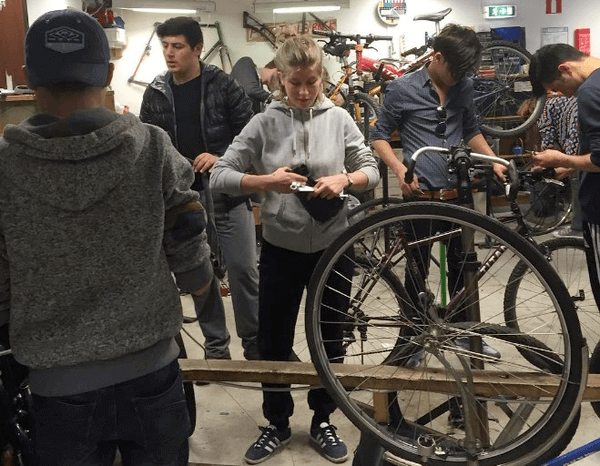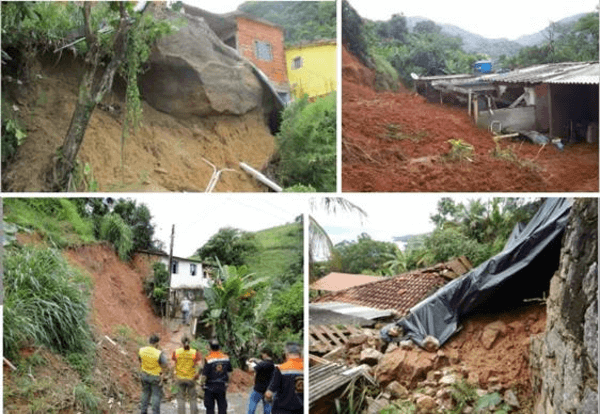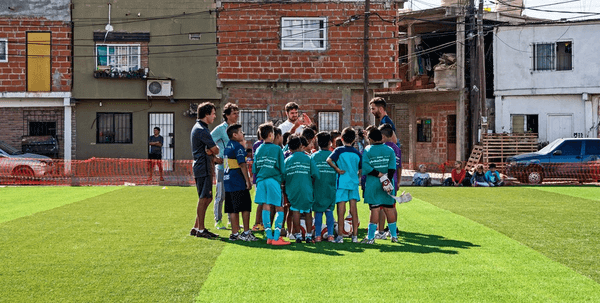Size and population development
According to the 2010 census, the city of Tokyo has a population of 13,839,910. The city covers an area of 2,190.93km2 with a population density of 2,662 people per km2. During the daytime, the population swells by over 2.5 million and workers and students commute from adjacent areas. As of 2018, The Greater Tokyo Area with over 38 million people is ranked as world’s largest urban agglomeration economy. A recent study by the Tokyo Metropolitan Government revealed that Tokyo, like the whole of Japan, is expected to rapidly decline in population in the coming decades due to little immigration, very low fertility rate and a rapidly aging population.
Population composition
The age breakdown of Tokyo's population is skewed toward working age. The 2010 census data showed that 68.2% of Tokyo residents are aged 15-64. Befitting a country with one of the world's longest life expectancies, there is also a high proportion of retired people in Tokyo, 20.4% of people were aged 65 or over. The remaining 11.4% of residents are children aged 0-14. Life expectancy in Tokyo aligns with the national average of 78.8 years. Men in Tokyo can expect to live for 79.59 years and women for 86.35 years.
Main functions
Tokyo (officially Tokyo Metropolis) is one of the 47 prefectures of Japan and has served as the capital city since 1869. The city is situated at the head of Tokyo Bay on the Pacific coast of central Honshu. As the capital city of Japan, it is the economic, political, education and culture centre of the country.
Main industries / business
Tokyo is a major international finance and business centre and as of 2015, the city hosted 51 of the Fortune Global 500 companies. Tokyo serves as a hub for Japan’s transportation system, publishing, electronics and broadcasting industries. Tourism, both domestic and international is a significant contributor to the economy.
Sources for city budget
The City of Tokyo draws its budget for public expenditure largely from property tax, fees, operating revenues, other taxes and subsides from the Government of Japan.
Political structure
Under Japanese law, Tokyo is designated as a metropolis. Its administrative structure is similar to that of Japan's other prefectures. The 23 special wards, which until 1943 constituted the city of Tokyo, are self-governing municipalities, each having a mayor, a council, and the status of a city. In addition to these 23 special wards, Tokyo also includes 26 more cities, five towns and eight villages, each of which has a local government. The Tokyo Metropolitan Government administers the whole metropolis and is led by a publicly elected governor who presides over a metropolitan assembly. Its headquarters are located in Shinjuku Ward. The Governor has the authority to make policy decisions and enforce policy alone and there is no limited to the number of terms a person may serve as Governor.
Administrative structure
The Metropolitan Assembly is the legislative organ of the whole prefecture of Tokyo. It consists of 127 members elected each four years. Regular sessions are held four times each year, in February, June, September and December. These sessions typically last for 30 days.
Website
http://www.metro.tokyo.jp/index.htm
